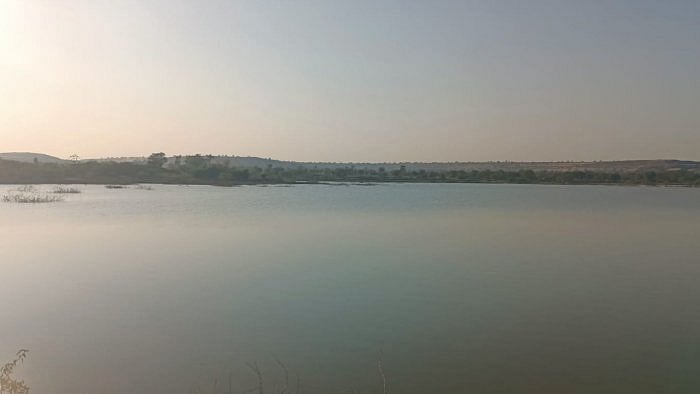
The first census report on India’s surface water bodies is a significant step forward. It provides valuable data that helps us understand the potential of these water bodies in addressing water scarcity and sustainability issues across the country. The report also enables the government and local bodies to evaluate their current state and identify potential threats to their integrity.
The integrity of a surface water body refers to its overall health, quality, and ecological functioning. It is characterised by clean water, minimal pollution, and a thriving community of native plants and animals. However, it is important to note that the definition of “clean water” depends on the specific use of the water body. For example, water suitable for irrigation may not be suitable for bathing.
Out of the total enumerated water bodies, ponds make up 59.5%, tanks 15.7%, reservoirs 12.1%, and the remaining 12.7% consists of water conservation schemes, check dams, percolation tanks, lakes, and other water bodies. The majority of these water bodies are used for pisciculture, followed by irrigation and groundwater recharge. Maintaining water quality is crucial to sustaining the designated use value of these water bodies. Additionally, it is important to recognise that ecosystem services and biodiversity conservation are positive outcomes of water infrastructure in the landscape.
The “existing use” of a water body refers to the current uses based on the water quality status. It describes how the water body should be used at a given point in time, such as for drinking water supply, bathing, fisheries, irrigation or navigation. On the other hand, “designated use” refers to the specific uses assigned or designated to a water body based on its intended purpose. It represents the desired use of the water body as defined by regulatory agencies in consultation with stakeholders. For example, the current water quality status of a lake can support irrigation use but stakeholders may intend to use it for bathing. In this case, “irrigation” is the existing use, and “bathing” is the intended use. Stakeholders determine the intended use based on historical use or current needs.
The census reports information on the existing use of water bodies, listing six categories. However, it does not include data on water quality status, posing serious problems with the prioritisation of restoration efforts. For instance, contaminated water bodies receiving industrial effluents may be categorised as “in use” as farmers use the water for irrigation. This “in use” status will deprive the water body of the funds required for restoration. This means that farmers and stakeholders will continue using contaminated water for irrigation and fisheries, posing risks to human and environmental health. Numerous tanks, urban river stretches, and peri-urban lakes, filled with domestic and industrial wastewater are “in use” for irrigation and fisheries posing significant risks to human and environmental health.
On the other hand, most man-made lakes and wetlands in urban areas have lost their use as irrigation tanks and fall under the “not in use” category. However, these tanks, wetlands, and lakes act as biodiversity hotspots, providing ecosystem services and biodiversity benefits to local stakeholders. They have tremendous potential in city planning and can be developed as part of the blue-green infrastructure, bringing nature back to the cities. Failing to recognise biodiversity and ecosystem services as one of the “in use” functions raises questions regarding the restoration of such water bodies.
To make the census report more useful and impactful, it is recommended to include information on both the “existing use” and “designated use” of water bodies. The report should provide data on the percentage of lakes that meet the water quality criteria for the existing use and the percentage of lakes that meet designated best use criteria. Such information would help prioritise the restoration of water bodies that are currently “in use” but pose significant risks to human and environmental health. Additionally, integrating the data collected on the status of water sources under the Jal Jeevan Mission into the census report would further enhance its value.
In urban areas, most lakes are utilised as environmental amenities, supporting ecosystem services and providing biodiversity benefits. Adding this category to the list of uses is vital for the restoration of healthy ecosystems in urban areas. The Central Pollution Control Board’s report on “indicative guidelines for restoration of surface water bodies” provides guidance on defining designated use and restoration goals for water bodies. However, it is important to note that the responsibility of setting the designated use should not rest solely on government authorities but should also consider the interests of citizens and other stakeholders.
(The writer is senior fellow, Centre for Environment and Development, ATREE)